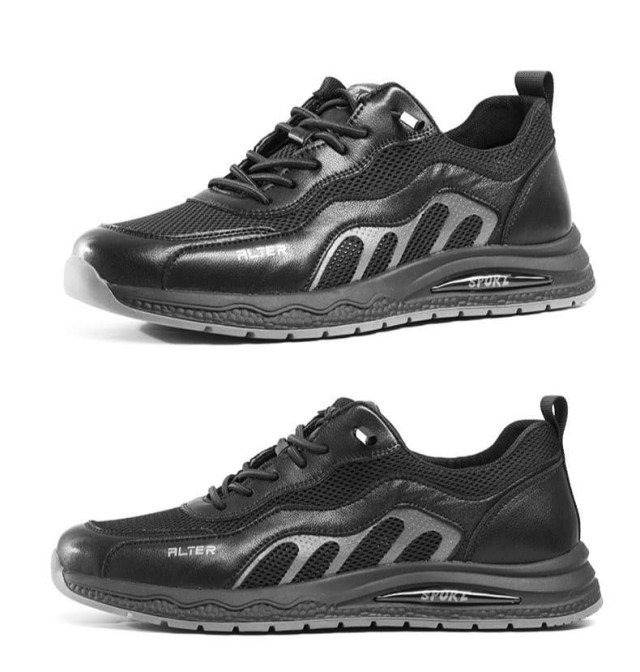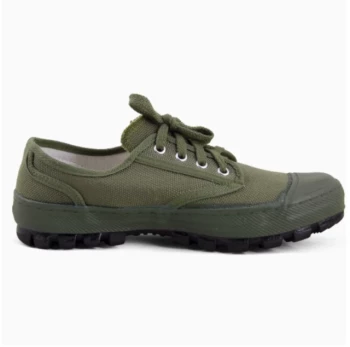Walking comfort and injury prevention start with understanding your feet. This guide translates arch type analysis into actionable shoe selection strategies, helping you avoid common pitfalls and choose footwear that actively supports your biomechanics.
Understanding Your Foundation
The Wet Test Decoded: Visual Guide to Arch Classification
Your arch type dictates how force travels through your feet. A simple wet test reveals your category:
- High Arches: Leaves a narrow band connecting heel and forefoot
- Neutral Arches: Shows about half your midfoot area
- Low/Flat Arches: Reveals nearly the entire sole
Research shows approximately 20-30% of adults have flat feet, requiring specific support features to compensate for overpronation.
Arch Height and Gait Mechanics: Why Pronation Matters
Pronation—your foot's natural inward roll—becomes problematic when excessive. Flat arches often overpronate, destabilizing ankles and straining knees. Conversely, high arches may underpronate, concentrating impact on outer foot areas.
Have you noticed uneven wear patterns on your shoes? This visual clue often signals mismatched arch support.
Smart Shoe Selection
Stability vs. Cushioning: Matching Technologies to Arch Needs
| Arch Type | Key Shoe Features | Potential Risks Without Support |
|---|---|---|
| Flat/Low | Firm midsole, medial posts | Plantar fasciitis, shin splints |
| Neutral | Balanced cushioning | Early fatigue during prolonged activity |
| High | Extra shock absorption, flexible sole | Stress fractures, ankle instability |
Industry Terms Decoded: Motion Control, Neutral Shoes & More
- Motion Control: Rigid heels and arch reinforcements for severe overpronators
- Stability Shoes: Moderate arch support with dual-density midsoles
- Neutral Cushioned: Minimal arch interference for efficient energy return
Case studies demonstrate that flat-footed individuals using stability shoes reduce ankle roll incidents by roughly 40-60% compared to neutral footwear.
Avoiding Costly Mistakes
Case Study: How Wrong Support Aggravated Plantar Fasciitis
A warehouse worker with flat arches wore soft-cushioned shoes for 12-hour shifts. Within months, he developed chronic heel pain. Switching to stability shoes with reinforced arches redistributed pressure, allowing tissue recovery. This aligns with findings that targeted support reduces plantar fascia strain.
Pro Tips: 3 Features Overpronators Should Always Verify
- Heel Counter Rigidity: Press the back—it shouldn’t collapse sideways
- Midsole Twist Test: The forefoot should not rotate easily over the heel
- Wear Pattern Alignment: Replace shoes when inner soles show significant compression
Ready to transform foot health for your customers? Partner with 3515 to source biomechanically engineered walking shoes that combine injury-prevention science with all-day comfort. Our OEM/ODM solutions help distributors and brands deliver footwear that actively corrects gait imbalances—contact our team today to discuss customized production options.
Related Products
- Durable Rubber Sole Outdoor Shoes Wholesale & Custom Manufacturing
- Durable High-Traction Canvas Sneakers Wholesale & Custom Manufacturing
- Durable Rubber-Soled Utility Shoes for Wholesale & Custom Brand Manufacturing
- Wholesale Durable Camo Canvas Shoes with High-Traction Rubber Soles
- Durable Canvas Work Shoes with Rubber Lug Sole | Wholesale Manufacturer
Related Articles
- Why Vulcanized Shoes Dominate Durability and Comfort: A Technical and Practical Guide
- Why Vulcanized Soles Dominate Technical Skateboarding: A Science and Performance Breakdown
- How Vulcanized Soles Became the Unsung Hero of Urban Footwear Culture
- How Vulcanized Rubber Powers High-Performance Applications Across Industries
- How Vulcanized Rubber Engineering Creates Unbeatable Outdoor Boots


















